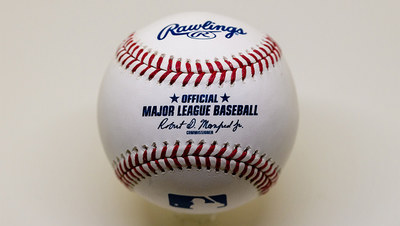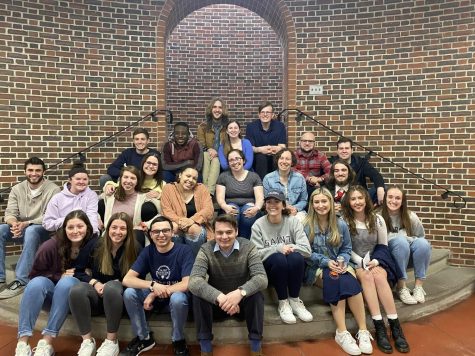Lowering the drinking age could help reduce underage alcohol abuse
October 8, 2021
The widespread use of alcohol among college students is an accepted cultural norm. Here on campus during the weekends, Father Bernard Court has been swarming with students enthusiastic about a return to a normal campus atmosphere. Last year, students were robbed of these special nights by the pandemic, and now there is a growing sentiment among students to make up for lost time.
When asked if she felt there was an urgency to get back to a normal campus nightlife, senior Alison Walsh said that “I want to spend as much time with my friends as I can since we all lost over a year to the pandemic.”
The transition to the return of large campus parties on the weekend has not been smooth. There have been nine medical transports for alcohol overdoses in the past month; eight of those transports have been for underage students. Why are underage students overindulging in alcohol, putting themselves and others at risk? The simple answer is a lack of education.
The legal drinking age in the United States is 21, but according to a poll conducted by the National Institute on Alcohol Abuse and Alcoholism (NIAAA) in 2019, seven million young people ages 12 to 20 reported that they had consumed alcohol beyond “just a few sips” in the past month. Similarly, the NIAAA also found that 52.5 percent of full-time college students engaged in drinking, and 33.0 percent engaged in binge drinking (defined as five or more drinks for men, and four or more drinks for women within two hours). Both legal-aged and underage college students exhibit patterns of heavy drinking, so it’s time to consider bringing the drinking age back down to eighteen.
In response to the Vietnam War and the argument that those who could be sent overseas to fight should be allowed to drink, many states had lowered their drinking ages to 18. However, with the passage of the Uniform Minimum Drinking Age Act of 1984, states had their hands tied and were forced to raise the drinking age to 21 or they would lose 10 percent of their federal highway funding. The act was passed to combat drunk driving deaths, which has fallen in underage drivers by 81 percent since 1982 according to data from the National Highway Traffic Safety Administration.
Why lower the drinking age then? Despite a decrease in underage drunk driving fatalities, other alcohol-related issues such as rape, sexual assault, and alcohol use disorder (AUD) remain prevalent. An education-based approach to these issues would work better than locking alcohol behind an age barrier, and trusting that nobody will drink before the age of 21.
Rape and sexual assault are problems that have strong ties to unhealthy alcohol use. According to the NIAAA, around 97,000 students aged 18 to 24 reported some form of alcohol-related sexual assault or date rape. While education on sexual assault and rape has increased over the past decade, many young adults engaging in drinking do not have the knowledge or maturity necessary to avoid putting themselves in these situations. Increased education on how drinking can lead to these awful situations, as well as a lowered drinking age, can allow young adults to learn about how alcohol affects them before they ever find themselves dealing with, or even committing, one of these acts.
Observed at colleges across the United States, scores of students drink on the weekends as a way to have fun and blow off steam. Alcohol is treated more like a toy than a serious substance, and lowering the drinking age to 18 could help in educating young adults on how to drink maturely. Many underage young adults may not know their limits, or what the difference is between a few beers and few shots of a spirit; however, if alcohol is introduced at an earlier age, parents may help instruct their child on mature drinking habits and those drinking can learn their limits before being immersed in college life. The statistics have shown that 21 as the legal age to drink has not impeded college students in their drinking habits. There needs to be a change in how society approaches drinking, as attempting to keep alcohol away from those under 21 isn’t enough.













